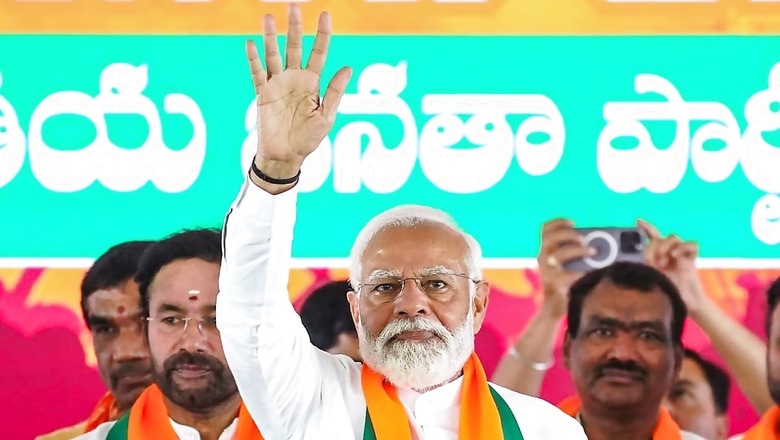
views
The first phase of the seven-phased election began on April 19, celebrating the great festival of Indian democracy – the 2024 general election. However, this festival of democracy is not an ordinary one. In fact, it is going to be a big step towards fulfilling the aspirations and dreams of the common people of the nation. About 98 crore voters, in the current Lok Sabha election, will not only choose a new government but also decide their own fate and that of the country.
This time, the number of people comprising the electorate aged between 18 to 35 is more than 60 crore, while the first-time voters are 18 crore. It will be interesting to see what the aspirations and dreams of the people are, especially the youth, below 35 years. Like the proverbial ‘American Dream’, Indian youth, today, also have dreams of their own, the ‘Indian Dream’. And, the ‘Vaijayanti mala’, the garland of victory of this Lok Sabha election will grace the leader, party or coalition perceived most capable and earnest in realising this dream.
Democracy definitely is ‘government by the people’ and ‘government of the people’, but, above all, it is ‘government for the people’. In other words, it’s a government for fulfilling the dreams of the people. Indians, especially the youth, in the digital age — the age of mobile phones, the internet and very strong social media — are equipped with all information and are aware of the socio-economic progress happening around the world. They also desire to keep pace with the youth of the developed world, especially that of the US, a leading nation, considered to be a role model of the world.
James Truslow Adams, in 1931, in his book The Epic of America, defined the American Dream as “the national ethos of the United States, where every person has the freedom and opportunity to succeed and attain a better life.” Indian youth today also imagine for themselves such a politico-economic system where they can get adequate opportunities for upward mobility — economically, socially and politically. This dream, Bharat being a great ancient civilisation, however, is slightly different from the American Dream in the sense that our dreams are not limited only to economic and socio-political progress. The Indian Dream also consists of, and is, awareness of our great ancient Indian heritage and cultural achievements.
On one hand, people, especially our youth see opportunities for themselves in economically ‘Atmanirbhar Bharat’ and ‘Viksit Bharat’. Prime Minister Narendra Modi’s Start-Up India, Stand-up India, Skill India, New India, Make in India, Made in India, Invest India, Fame India, and Digital India have provided unprecedented economic opportunities. In my interactions with the youth from different parts of the country across society, including people from the lower class, lower middle class and upper-middle class; from students to white collar to blue collar professionals working in offices and malls, factories or daily wagers, from villages to small towns and metros; I find a feeling of positivity and hope in them about their future.
The youth, although not completely satisfied with the prevailing conditions, is very optimistic about the leadership of Prime Minister Modi, of the plans and policies made for ‘Sabka Saath, Sabka Vikas’ and its successful implementation. The youth is excited that India’s gross domestic product (GDP) has reached almost $4 trillion today from about $2 trillion in 2014; and that India, which was the 10th largest economy in the world in 2014, has jumped the scales to become the fifth largest economy today. It also understands that the Modi government, with its policies and plans, is going to make India the third-largest economy by 2027.
The youth visualises its share in the future of this ‘new India’ in the making, seen as a rising sun in the global economy. It is not without reason that in the last few years, the biggest number of startups in the world were started in India. The digital revolution, Mudra loan scheme, easy bank loans and the steps taken towards the ease of business have led to a situation whereby the youth, instead of being ‘job seekers’, are turning into ‘job givers’.
People also look at PM Modi as a visionary leader working not only towards the progress of the middle or lower-middle class, but committed to transforming the predicament of the lowest strata of the Indian society — the poor. There has been a revolutionary change in the last ten years, in the condition of the poor, apart from farmers and women. According to the NITI Aayog report, the poverty rate in India has reduced from 29.17 per cent in 2013-14 to 11.28 per cent in 2022-23.
The ‘Indian Dream’ is the youth’s dream as well, and not confined to one class only. But, as mentioned earlier, the ‘Indian Dream’ is different from the ‘American Dream’ in the sense that the American Dream is confined only to material achievements. The American society, in fact, neither has India’s sublime ‘Sanatan’ or eternal culture and values, the rich ancient heritage or great philosophies; nor does it show any inclination towards the same. In contrast, today’s Bharat, after centuries of slavery, is very conscious and proud of its great heritage, and treasures it. Along with ‘Viksit Bharat’, it dreams of being ‘Jagadguru Bharat’ as well.
To realise this ‘Indian Dream’, when one looks towards political leadership, one has two options – on one side is PM Narendra Modi-led BJP. On the other hand, Rahul Gandhi’s Congress and its INDI alliance which includes Akhilesh Yadav’s SP, Lalu Yadav-Tejashwi’s RJD, Mamata Banerjee’s TMC, Hemant Soren’s JMM, Sharad Pawar’s NCP, Stalin’s DMK, Arvind Kejriwal’s AAP and communist parties etc. These political parties or leaders mostly play in the name of ‘parivarvad’ (nepotism), ‘jaativad’ (casteism), ‘tushtikaran’ (appeasement) and also face serious allegations of corruption. These political leaders, instead of having concerns towards the economic aspirations and dreams of the common people, are more worried about their families and, to some extent, about their caste. Moreover, they also have a feeling of indifference towards the great Indian ‘Sanatan’ cultural heritage and values; sometimes even showing contempt towards Sanatan Indian symbols and dharmic (religious) centres. The negative sentiment of these parties towards ancient Indian culture, art, knowledge and science, philosophy has been visible not only in their statements and actions but also reflected strongly in their discourses.
To realise the ‘Indian Dream’, the leadership of Narendra Modi seems to be the only solution, as the nation requires at its helm a government that is conscious, capable and competent. This is the reason why the pre-poll surveys, conducted before the election process, predicted the victory of Narendra Modi-led NDA with a landslide majority. Undoubtedly, the people, especially the youth, seem geared up to give the reins of the country to Narendra Modi for the third time with a huge majority.
Prof. Niranjan Kumar is the Dean of Planning at Delhi University. He teaches at the Central Hindi Department, University of Delhi. He tweets @NiranjanKIndia. Views expressed in the above piece are personal and solely those of the author. They do not necessarily reflect News18’s views.















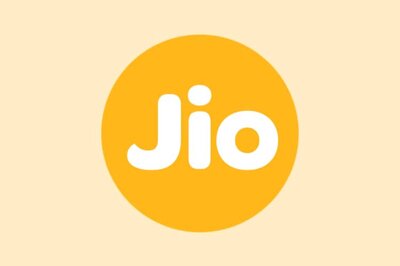
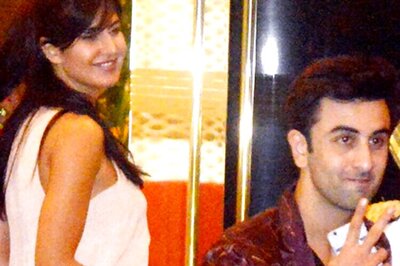

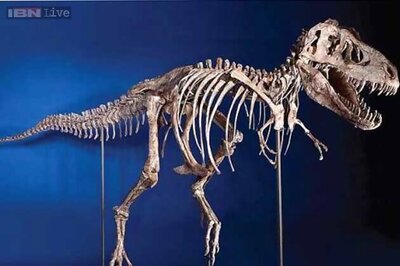
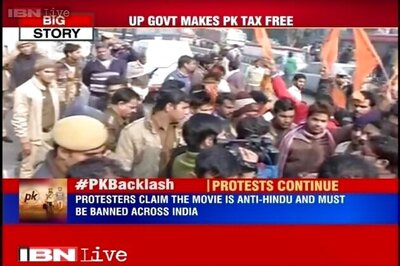
Comments
0 comment